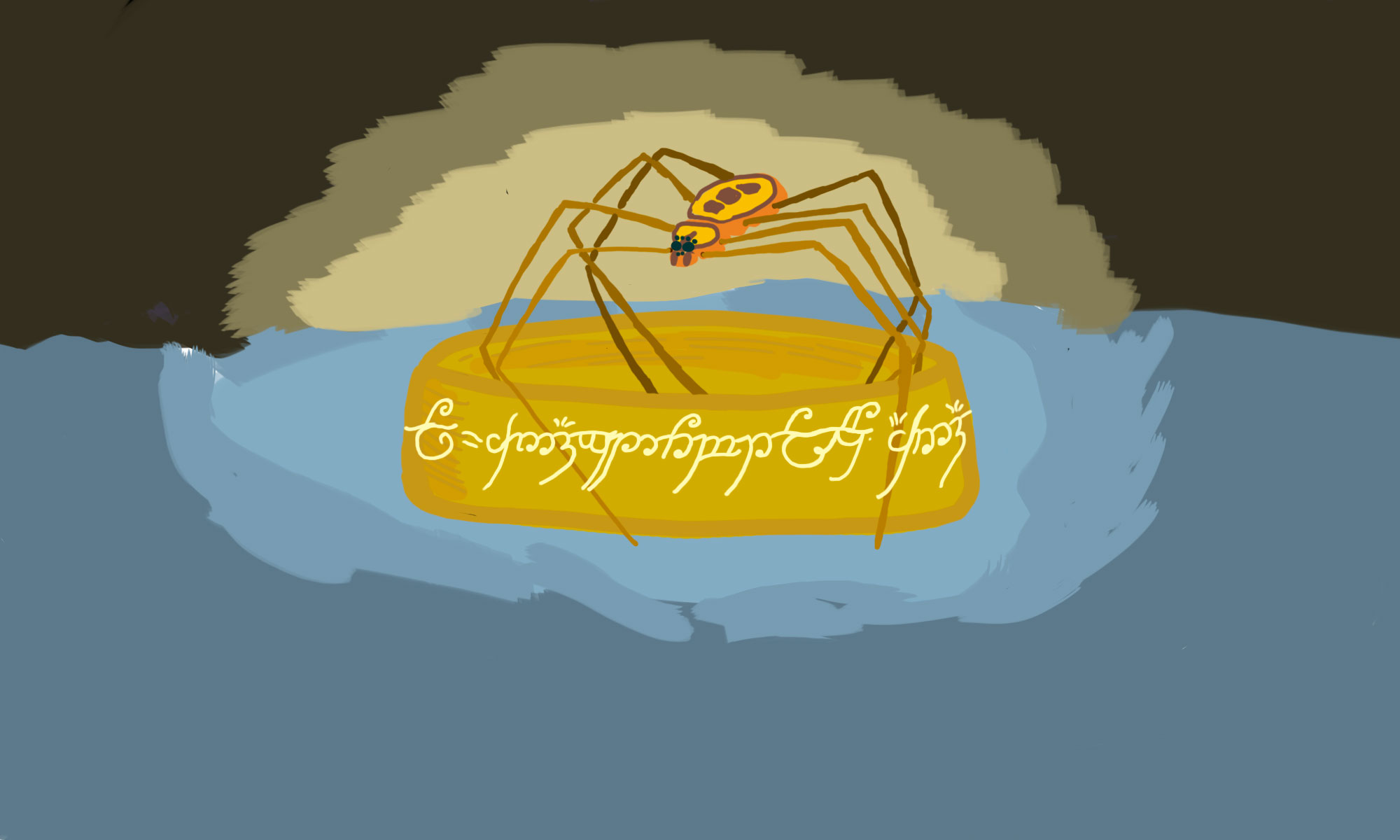In mid-November, scientists conducting research in Minas Gerais caves in Brazil discovered a new species of harvestman. Often mistaken for spiders, they are commonly referred to as daddy longlegs. The scientists named the new species Iandumoema smeagol, after the cave-dwelling character Smeagol from Tolkien’s Lord of the Rings trilogy. This kind of creativity shows that there is a human element to everything, even in scientific areas people see as “objective.” Tis room for creativity allows researchers to leave their mark on the world through nomenclature.
Although it may seem odd to name a species after a fictional character, Iandumoema smeagol’s name is actually quite fitting. In the history of Middle Earth, Smeagol, a hobbit, finds the coveted ring of power and becomes corrupted by it, going into hiding in a cave and turning into the pale creature known as Gollum. Similarly – according to an article published in National Geographic – the golden Iandumoema smeagol “lost most of its pigmentation after generations of living in moist, dark caves,” what little pigment it does have seems reminiscent of the one ring in its golden colour.
While Iandumoema smeagol sounds like a name odd enough for Tolkien himself to have come up with, there are other scientific names that are more recognizable, like homo sapiens, canis lupus, and orcinus orca – humans, wolves, and killer whales, respectively. These names get thrown around frequently, but we hardly think about what goes into the creation of an organism’s scientific name.
In biology, scientists use the binomial nomenclature (also known as scientific name) system to identify unique organisms. This assigns a unique two-part name to species. The first part is called the generic epithet, and the second part is called the specific epithet. In other words, the first part refers to the genus of the organism, and the second part refers to its species. This binomial naming system was developed in the mid-18th century by Carl Linnaeus, a Swedish botanist. Linnaeus sought to create a universal system for identifying species, and is often referred to as the “father of taxonomy”. Later in the 19th century, over a long period of time, Georges Cuvier and other scientists advanced the taxonomical classification system by adding the categories of domain, kingdom, phylum, class, order, and family, but Linnaeus’s methods remain the naming conventions of taxonomy today.
When scientists discover a new species, they must pick a name that adheres to the International Code of Zoological Nomenclature. These are very detailed documents that outline the conventions for naming a species, such as latinizing names or what to do in cases of incorrect spelling. Such agreements ensure that the name given to a species is universally recognizable. However, this system is not perfect – because the taxonomic classification system is created by humans – its accuracy depends on what we are able to observe in the organism. For instance, biologists initially placed fungi in the plant kingdom because they didn’t move; however, once scientists learned about photosynthesis and that fungi don’t photosynthesize, they placed fungi in their own category.
So how exactly do scientists pick names? The International Code of Zoological Nomenclature provides rules that scientists must follow once they’ve chosen a name, yet there are no guidelines on how to name a species. As it turns out, scientists are free to choose any name they want for their newly discovered organism. They can choose a name based on the species’ physical characteristics, or its behaviour, or even name it after a person.
For instance, in 2012, Yale scientists discovered a fossil in eastern Montana of an extinct species of lizard. They decided to name it obamadon gracilis because its teeth reminded them of Obama’s toothy grin – obamadon is Latin for “Obama’s teeth.” To avoid sending a negative message about the president, they announced the name of the lizard after Obama was re-elected for his second term. Rostropria garbo, a species of wasp described as a “solitary female,” was named after Greta Garbo, who famously said, “I want to be left alone.”
There are also some cases where species have been named after people not due to resemblance, but due to personal preference. For instance, phialella zappai is a species of jellyfish named after music icon Frank Zappa. Marine biologist Ferdinando Boero, who discovered the jellyfish, named it after the musician hoping to get a chance to meet him by doing so, which worked. Zappa even responded to Boero. Writing a short humorous song he called “Lonesome Cowboy Nando.”
The binomial nomenclature system has been in use for over 250 years and is considered to be an objective and logical way of naming new species, but it is important to remember that constant human element. Not necessarily a bad thing, freedom in choosing a species’ name allows for creativity (and sometimes humour), and it is a way for people to leave their mark on the world. Cases like Iandumoema smeagol show us the profound impact that some parts of popular culture have on us – be it a musician, actor, political leader, or fictional world.

